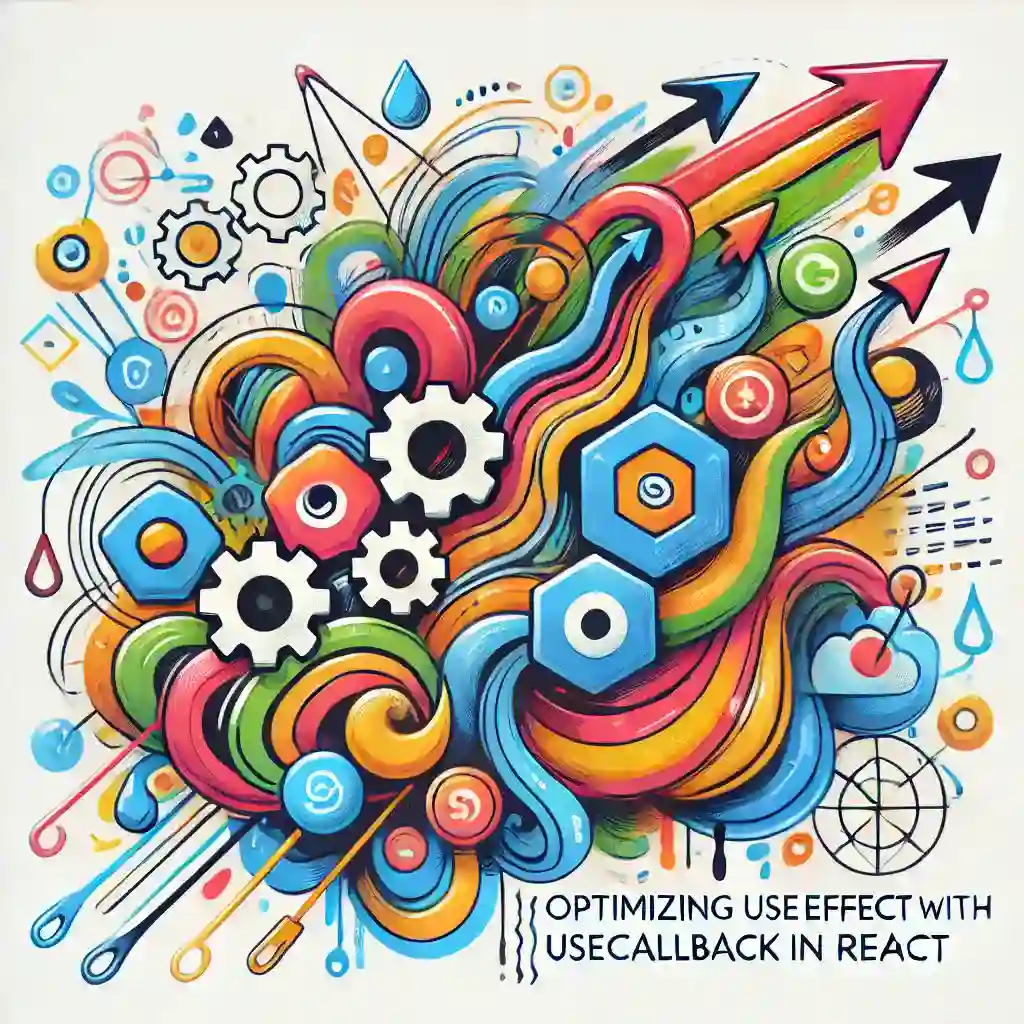Optimizing useEffect with useCallback in React
Introduction
As React developers, we often face performance challenges when dealing with side effects. One common issue is the unnecessary re-execution of useEffect, which can be particularly problematic when it depends on functions that are recreated on every render. In this article, we'll explore how to optimize useEffect using useCallback to ensure your components are as efficient as possible.
Understanding useEffect and useCallback
useEffect: This hook allows you to perform side effects in function components. It runs after the render phase, making it ideal for tasks like data fetching, subscriptions, or manually updating the DOM.useCallback: This hook returns a memoized version of a callback function that only changes if one of its dependencies changes. It’s particularly useful when you want to prevent a function from being recreated on every render.
Common Performance Pitfalls
Consider a scenario where you have an effect that depends on a function. If this function is recreated on every render, useEffect will also re-run, leading to potential performance issues and unnecessary re-fetching of data or re-subscription.
Optimization Strategy
Step 1: Memoize the Function with useCallback
First, use useCallback to memoize the function. This ensures that the function is only recreated when its dependencies change.
const memoizedFunction = useCallback(() => {
// Function logic here
}, [dependencies]);Step 2: Use the Memoized Function in useEffect
Next, use the memoized function within useEffect. This way, useEffect will only re-run when the memoized function changes, thus optimizing the component.
useEffect(() => {
memoizedFunction();
}, [memoizedFunction]); // Add the memoized function to the dependenciesStep 3: Example Implementation
Here’s a practical example of how you can implement this approach:
import { useEffect, useCallback, useState } from 'react';
function MyComponent({ query }) {
const [data, setData] = useState(null);
const fetchData = useCallback(() => {
fetch(`/api/data?query=${query}`)
.then(response => response.json())
.then(result => setData(result));
}, [query]); // Only recreate fetchData when query changes
useEffect(() => {
fetchData();
}, [fetchData]); // Dependency is the memoized function
return (
<div>
{data ? <DisplayData data={data} /> : 'Loading...'}
</div>
);
}Why This Works
By memoizing the fetchData function with useCallback, you ensure that useEffect does not re-run unnecessarily if query hasn't changed. This approach can significantly improve the performance of your React components by avoiding unnecessary side effects and re-renders.
Conclusion
Optimizing useEffect with useCallback is a powerful technique for React developers. It helps in preventing unnecessary side effects, leading to more efficient and responsive applications. Start incorporating this pattern into your React components today, and experience the difference in performance.
